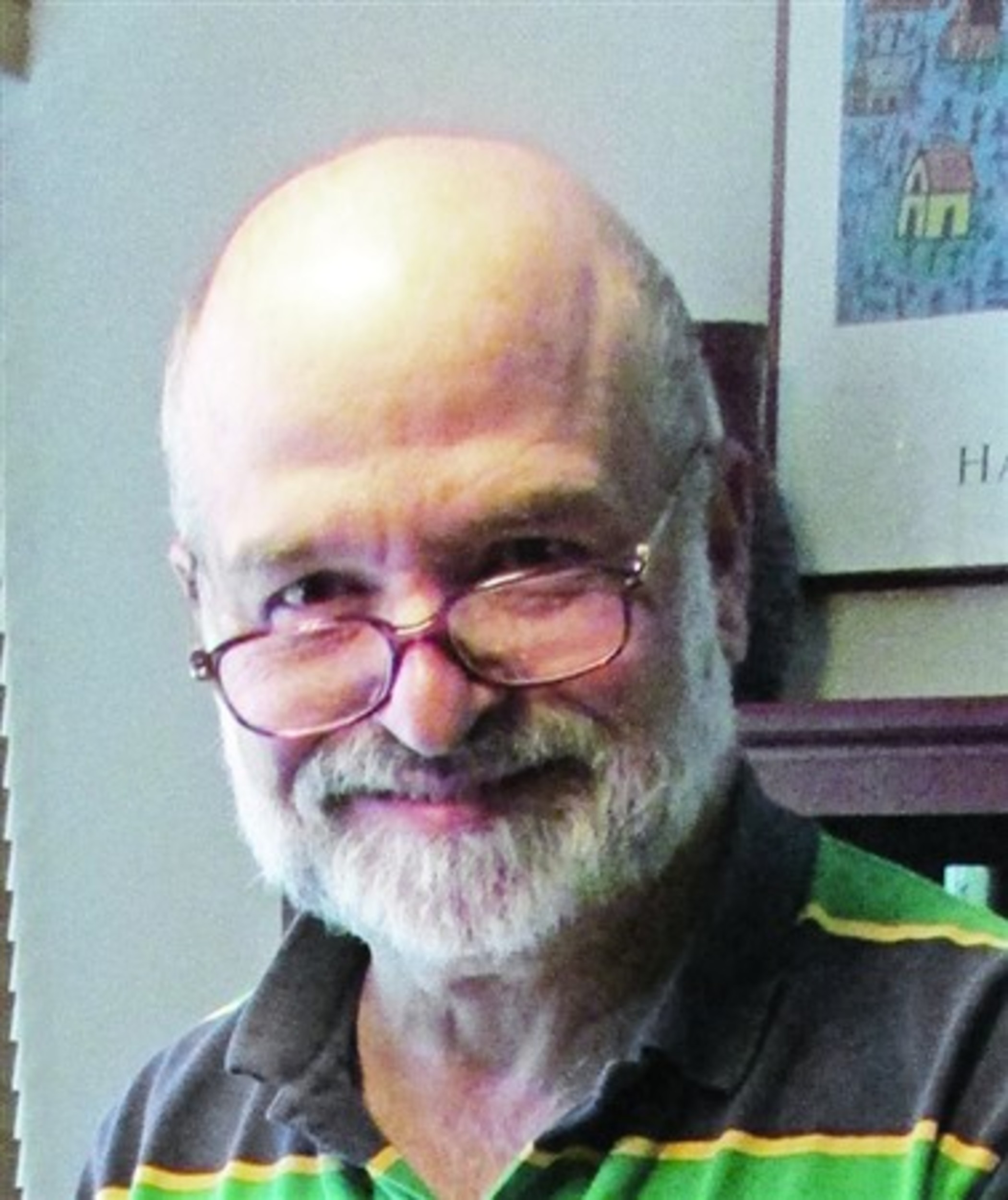Emerson Junior High and My Bar Mitzvah
Once a year, Betsey and I are fortunate to travel to my hometown, Los Angeles, where we are joined by my twin brother, Theo, and his wife, Susan, who live in Sacramento. Our younger sister, Betty, and her husband, Keith, happen to live in the home, built by our parents in 1950, where the three of us grew up.
There are so many things I still enjoy about Los Angeles, especially its major art museums, most of which did not exist during my childhood. Nearly everything has also changed, especially the number of people, cars, highways, and high-rise buildings. Yet, we three siblings happily visit the cemetery where our paternal grandparents, parents, and some other dear relatives are buried. This is the least that we can do to express our never-ending loyalty and love.
Unfortunately, there wasn’t time for us to visit Wilshire Boulevard Temple, the Reform congregation where we Goodwin kids grew up and where Betty and Keith still belong. Fortunately, the monumental edifice is still in use, but it’s now an even longer drive from Betty and Keith’s home and our favorite hotel.
In July, during our last afternoon in L.A., I was curious to visit Emerson Junior High School, from which Theo and I graduated in 1963. Now known as a “charter middle school,” this pioneer example of a “modern” school building, erected in 1937, is hardly recognizable. Some newer structures have been added and there is a bolder color scheme, but the locked campus also looks shabby and forlorn.
Emerson was designed by a leading Austrian-born, Jewish architect, Richard Neutra (1892-1970), who became nationally and internationally renowned primarily for his modern residences in Southern California. One of his most famous homes elsewhere was “Windshield,” a 14,000-square-foot vacation abode, which had been built in 1938 for a Rhode Island couple, John Nicholas and Anne Brown, on Fishers Island (near New London, Connecticut). Unfortunately, having been destroyed by a fire in 1973, it endures only as a landmark in architectural history. Perhaps the Browns visited Emerson when they went to Los Angeles to meet Neutra.
As I walked around my school’s main classroom building and its adjacent auditorium, I was overcome by mostly happy memories. But I can also easily remember my most humiliating moment. No, it had nothing to do with a paddling, which would have been administered by Mr. Carter, the boys’ vice principal. My devastating moment occurred during summer school in 1961, when Theo and I were required to stay home from our boys’ camp in Northern California to prepare for our early September bar mitzvah. We had studied Hebrew for three years but hadn’t made much progress. But in that era, summer school students could also take advanced classes not available during the regular year.
Mr. Klein (his name means small) taught “Power Reading,” which focused on novels by Hemingway, Saroyan and Steinbeck. (No local schools were ever named in their honor, let alone Baldwin, Kerouac, Mailer or Salinger.) One day Mr. Klein asked, “Well, boys, what are you doing besides growing little moustaches?” I wanted to punch the guy in the face. In fact, I still want to do so! Is it any wonder that I’ve worn a mustache and a beard for most of my adult life?
In elementary school, Theo and I had begun taking music lessons. I started on flute and Theo on clarinet, and we played in the orchestra.
At Emerson, my favorite class was Mr. Umber’s, which meant wearing a blue-and-gold uniform while marching in a band. Part of my enthusiasm derived from hearing a phonograph record and seeing a production of Meredith Willson’s “The Music Man.” In fact, I could write an entire column about my favorite musical and how it has reverberated throughout my life.
About five years ago, when Betsey and I went on a Mediterranean cruise, I was extremely disappointed by a shore excursion. So, when I went to complain to a staff member, she changed the subject by asking where we lived. When I hastily explained that I had grown up in Los Angeles, she remarked that she had too. Then she asked where I had gone to school. Just for the heck of it, I mentioned Emerson. She remarked, “So did I.” When she inquired about my favorite class, I mentioned Mr. Umber’s band. Then she asked, “Which instrument did you play?” She too had played the flute! In fact, it soon became apparent that we had probably shared the same music stand at rehearsals, but we didn’t remember each other.
I still have many happy memories about Theo’s and my bar mitzvah, which was held on Admission Day. No, this was not our initiation to manhood, but the date in 1850 when California was admitted to the Union. Following the service, a festive lunch was served in the upstairs social hall. There was no dancing, but Theo and I performed in a band that included about 10 of our Emerson buddies. No more than half these boys were Jews, for our closest friends included many Gentiles. By the way, we performed classics from the big band era because folk, surfer, and rock music were not considered appropriate (or published “sheet” music did not exist).
Music was an important part of our Temple upbringing. In place of a cantor, we learned to enjoy a professional choir, which performed high in the sanctuary’s loft near an invisible organist. But Theo and I also played in the Purim pageant orchestra, which was led, appropriately, by Mr. Guide, a junior high teacher, and required weeks of Saturday afternoon rehearsals and long bus rides home.
So, I have two big questions. Was that creep, Mr. Klein, Jewish? And, if so, when did he become a man?
GEORGE M. GOODWIN, of Providence, is the editor of Rhode Island Jewish Historical Notes.








